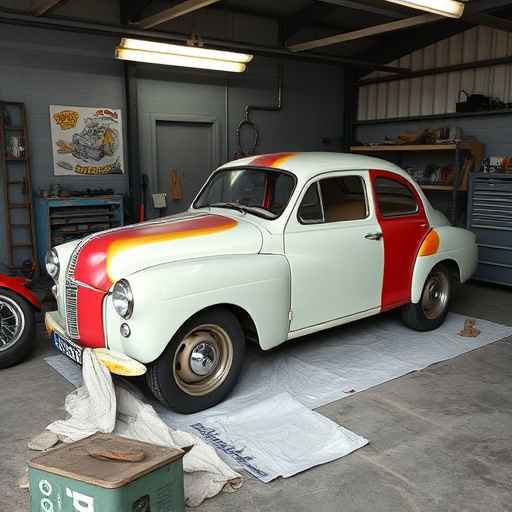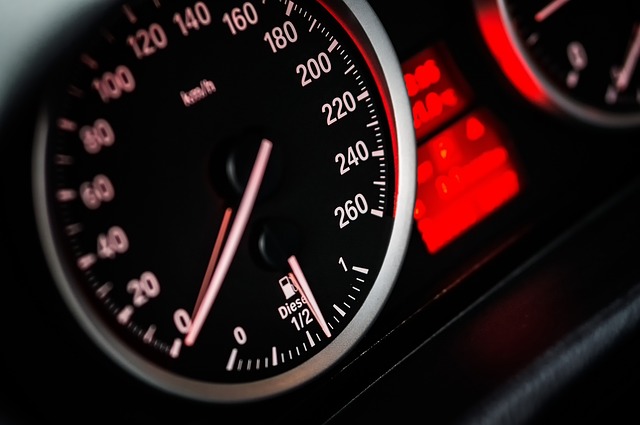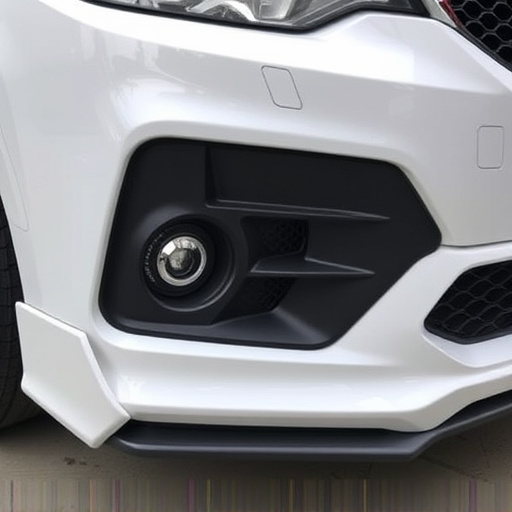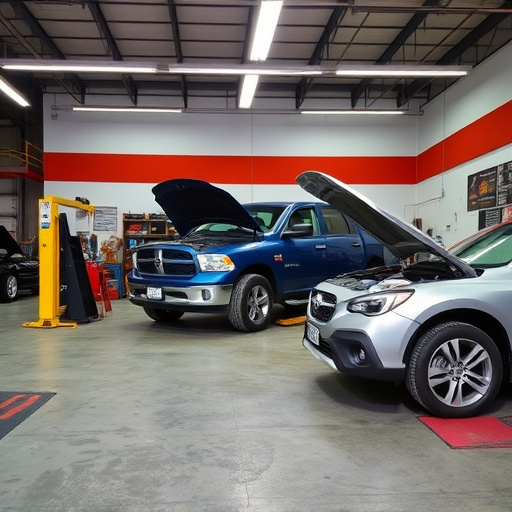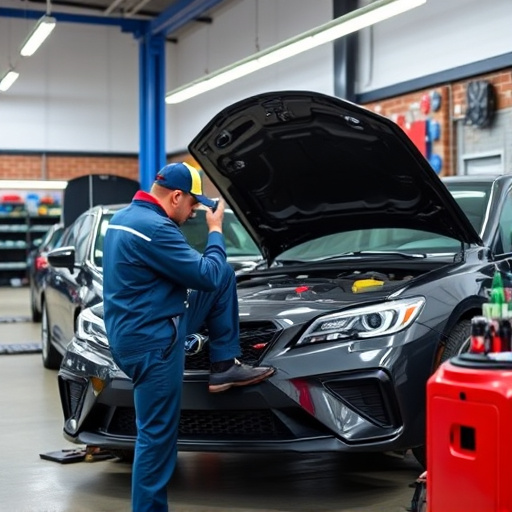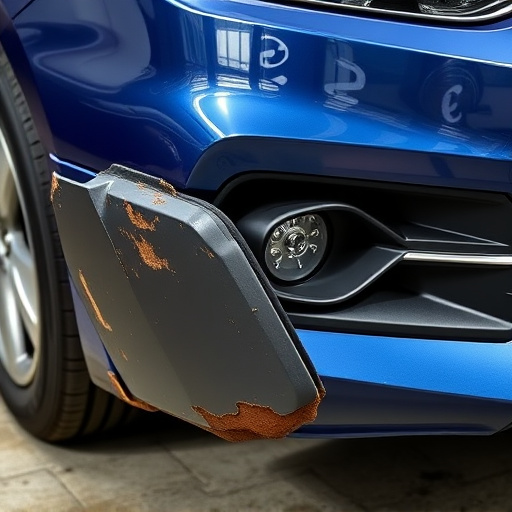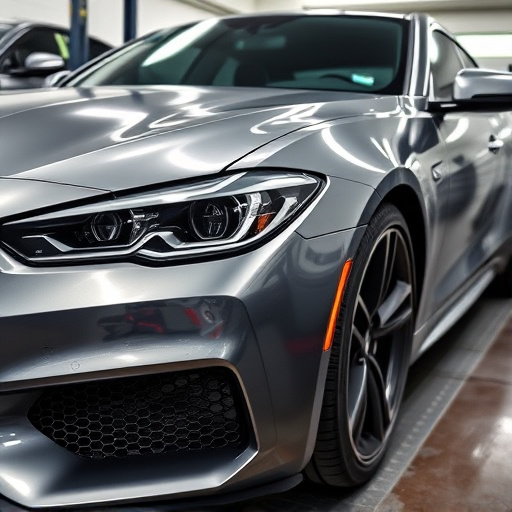Tesla's front radar system requires meticulous repair for damage from road debris, extreme weather, and accidents. Specialized shops inspect for cracks, corrosion, misalignment, and structural integrity, replacing faulty parts sourced from authorized dealers. Post-repair maintenance involves regular inspections, washes, waxes, and body repairs to protect the vehicle's aesthetics and sensitive components.
Tesla owners often face issues with their front radar systems, leading to safety concerns. This article guides you through the process of diagnosing and repairing a common problem: the damaged or malfunctioning Tesla front radar cover and sensor housing. We’ll explore why these failures occur, walk you through the repair steps, and offer tips for maintaining your system post-repair to ensure optimal performance and prevent future issues. Learn how to tackle this task efficiently with our comprehensive guide on Tesla front radar cover repair.
- Understanding Tesla Front Radar System Failures
- Diagnosing Sensor Housing Issues and Repair Process
- Tips for Effective Post-Repair Maintenance and Prevention
Understanding Tesla Front Radar System Failures
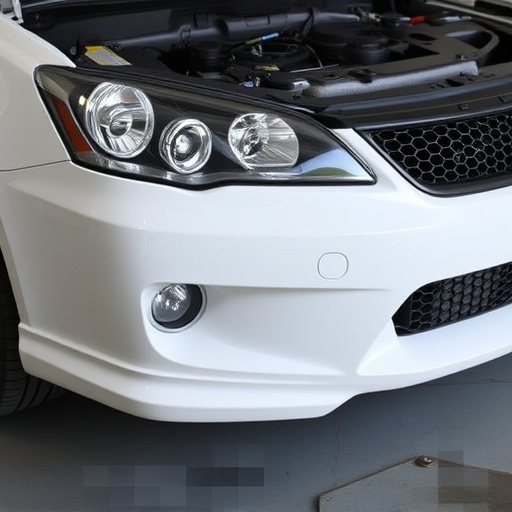
Tesla’s front radar system is a key component for advanced driver-assistance features (ADAS) like Autopilot and collision avoidance. Understanding common failure modes is crucial when addressing Tesla front radar cover repairs. Over time, the radar sensor housing can become damaged due to road debris, extreme weather conditions, or accidental impacts, compromising the system’s performance.
A vehicle body shop specializing in Tesla repair will often inspect beyond the visible damage, checking for cracks or corrosion within the sensitive radar hardware. This meticulous approach ensures that any underlying issues are identified and resolved during a Tesla front radar cover repair, restoring full functionality to the car’s safety and driving aids.
Diagnosing Sensor Housing Issues and Repair Process
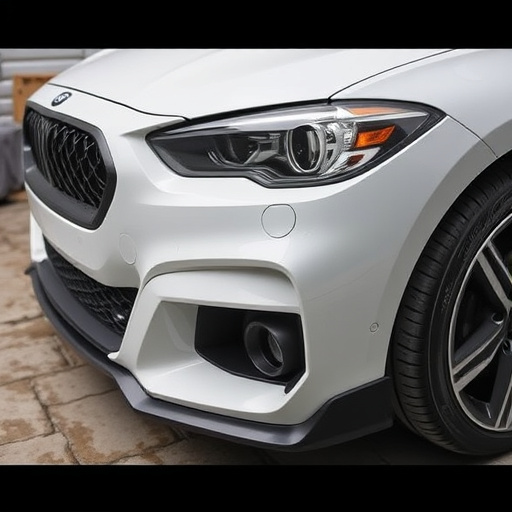
Diagnosing issues with the Tesla front radar cover and sensor housing is a meticulous process. If your vehicle experiences unexpected behavior like erratic adaptive cruise control or self-parking difficulties, it could be indicative of a problem within this system. A professional inspection involves thoroughly examining the radar cover for signs of damage, cracks, or misalignment, as well as carefully checking the sensor housing for any debris buildup, corrosion, or structural integrity concerns.
The repair process begins with replacing the damaged or faulty parts. Tesla front radar cover repair often entails retrieving a new cover and housing from an authorized dealer or supplier. Skilled technicians then carefully disassemble the affected area, remove the old components, clean the surface, and install the new ones. Once the replacements are secured, extensive testing is conducted to ensure the restoration of optimal sensor functionality, guaranteeing your Tesla’s safety features operate seamlessly and effectively after the car collision repair.
Tips for Effective Post-Repair Maintenance and Prevention
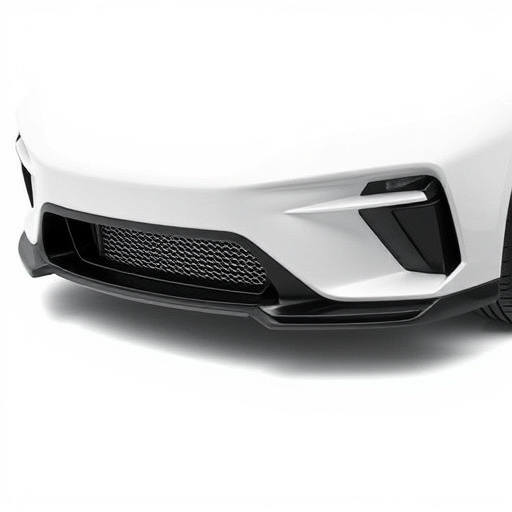
After successfully repairing your Tesla’s front radar cover and sensor housing, proper post-repair maintenance is key to ensuring optimal performance and longevity. Regularly inspect the repaired area for any signs of damage or wear, especially after extreme weather conditions or road hazards. Keeping an eye on the radar cover’s integrity will help in early detection of potential issues.
Preventive measures are equally important. Ensure that your vehicle undergoes routine washes and waxes to protect its paintwork and exterior. Avoid aggressive cleaning methods or using inferior products that could damage the sensitive components beneath. Regular vehicle body repair, including dent removal and paint touch-ups, will maintain the overall aesthetics and health of your Tesla’s front end, complementing the meticulous engineering and technology inside.
Tesla’s advanced front radar system is a key component in its autonomous driving capabilities. When issues arise, proper diagnosis and repair, such as replacing the radar cover and inspecting the sensor housing, are crucial for maintaining optimal performance. Regular post-repair maintenance, including periodic checks and preventive measures, can further ensure the longevity of this vital technology, thereby enhancing the overall safety and efficiency of Tesla vehicles. Remember, a well-maintained radar system is essential for navigating the complexities of modern driving conditions.


